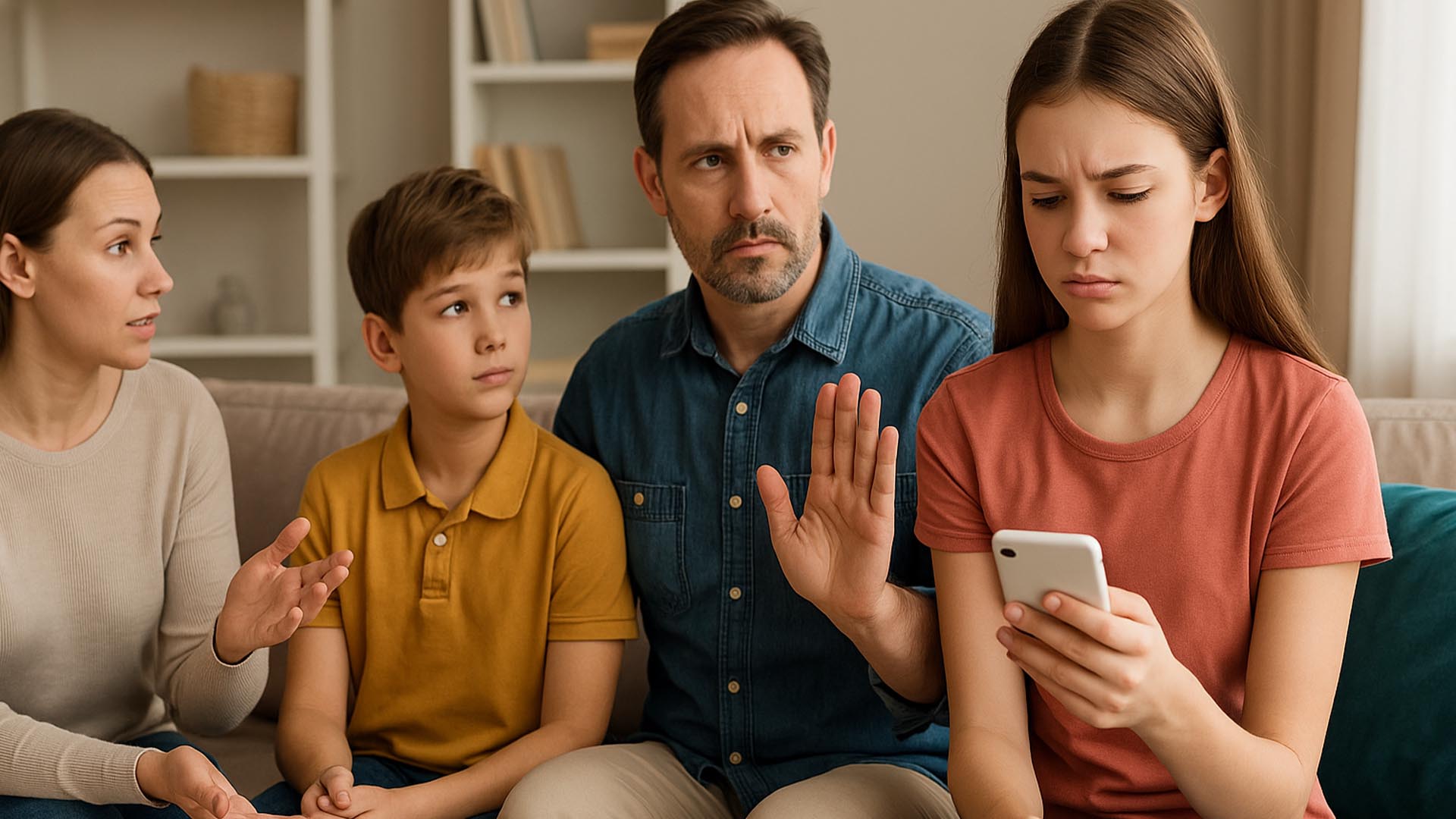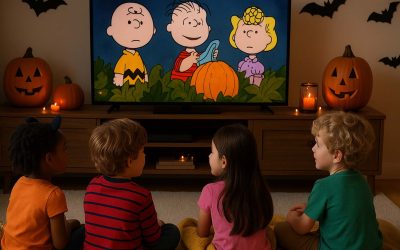With rising concerns about youth anxiety and digital addiction, Dr. Jonathan Haidt’s “The Anxious Generation” has become a go-to guide for tech-wise parenting. Drawing on psychological research, Haidt recommends clear screen-time boundaries: no personal smartphones before high school, no social media use before age 16, and daily family screen-free rituals. These rules aim to protect developing brains, encourage real-world social skills, and strengthen family bonds.
Key Screen-Time Guidelines
- No Smartphones Before Grade 9: Delays access to addictive apps and texting pressures.
- No Social Media Until 16: Protects self-esteem, sleep, and mental health during sensitive years.
- Daily Screen-Free Family Time: Mealtimes, an hour before bed, and weekend mornings without devices.
- Role-Modeling Tech Use: Parents limit their own screen habits to set a healthy example.
Evidence & Rationale
- Mental Health Correlation: Surveys link early social media use to higher rates of teen anxiety and depression.
- Sleep Quality: Screen use before bed disrupts melatonin production, leading to poorer sleep.
- Social Skills: Face-to-face interaction fosters empathy and communication—skills that screens can erode.
Implementing the Rules
- Family Contract: Draft and sign a screen-time agreement with clear rules and consequences.
- Tech Curfew: Use built-in smartphone settings to disable devices during agreed hours.
- Engaging Alternatives: Plan family game nights, outdoor activities, or reading sessions.
- Regular Check-Ins: Hold weekly family meetings to discuss challenges and adjust guidelines.
Conclusion
By adopting screen-time rules grounded in Dr. Jonathan Haidt’s research, families can shield children from digital pitfalls while nurturing healthier habits and deeper connections. “The Anxious Generation” offers a blueprint for tech-wise parenting—balancing digital tools with mindful, present-moment family life.
Q&A Section
Q1: How do we enforce no-smartphone rules for tweens?
A1: Place devices in a communal charging station at night and use parental-control features to limit use.
Q2: What if peers use social media earlier?
A2: Emphasize health over popularity; share research findings and offer social alternatives like clubs and in-person meetups.
Sources:
- Parents.com: Changing Family Phone Rules After Reading “The Anxious Generation” parents.com
- Psychology Today: Screen Time and Teen Anxiety
- The New York Times: “Smartphones and Adolescent Health” review








0 Comments